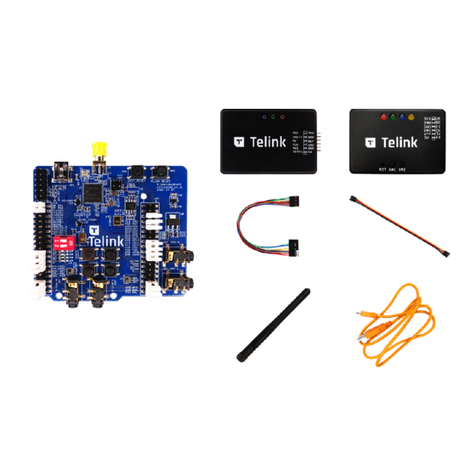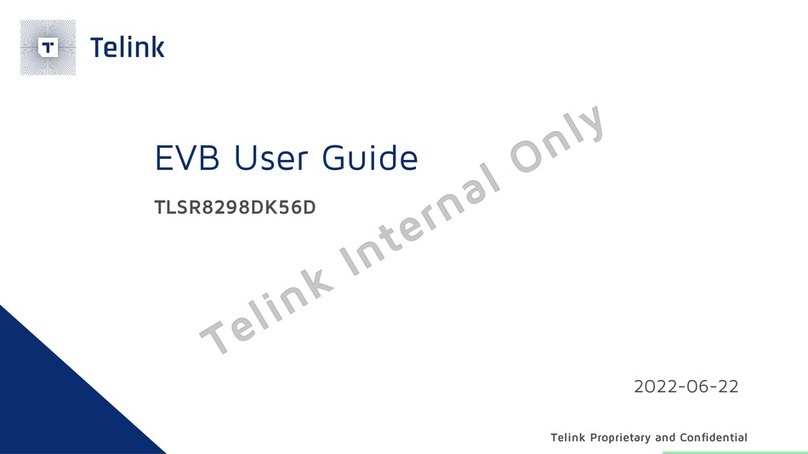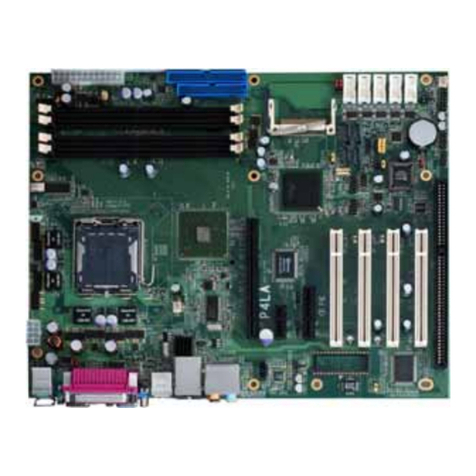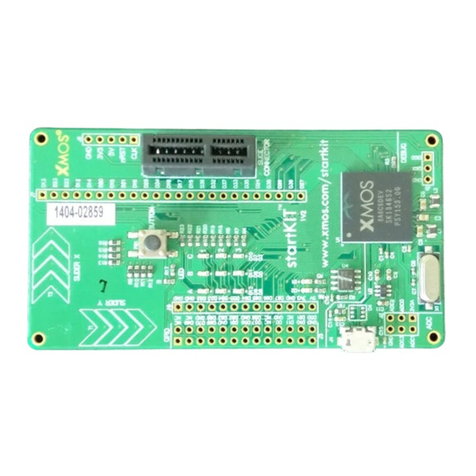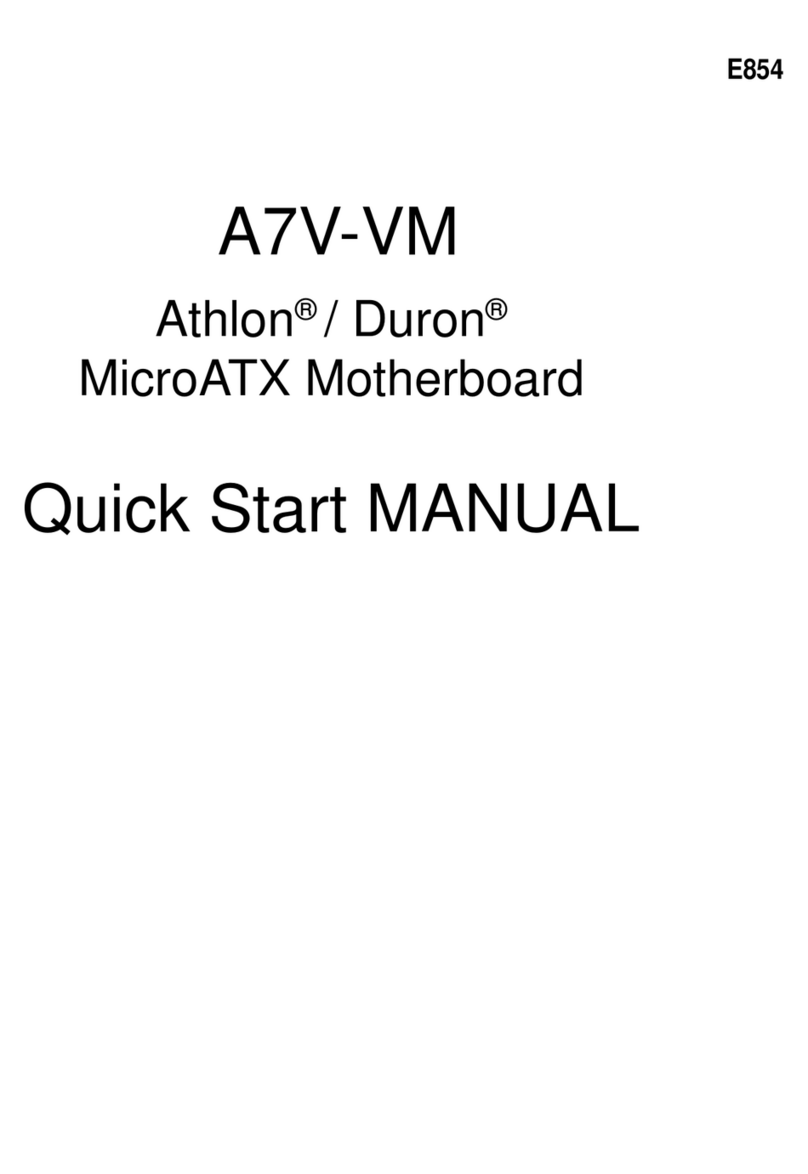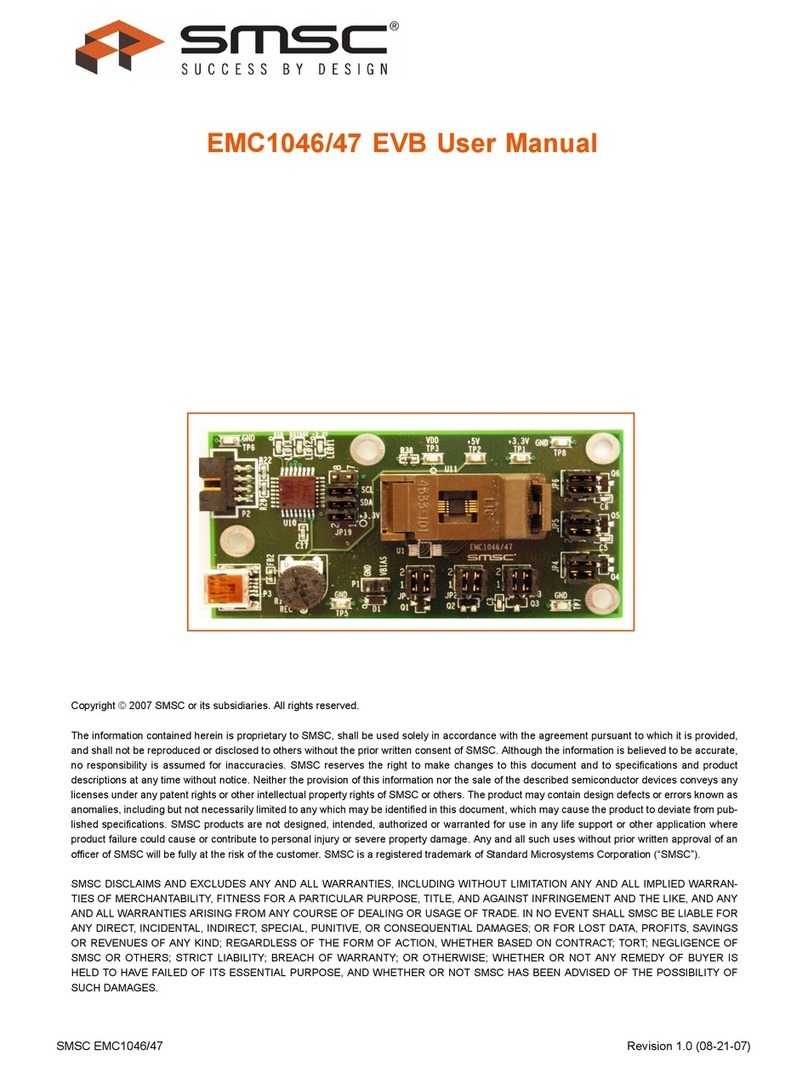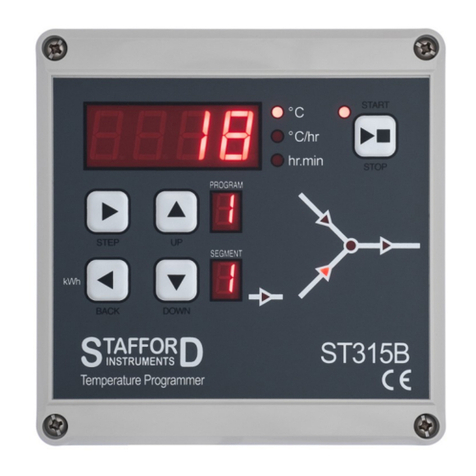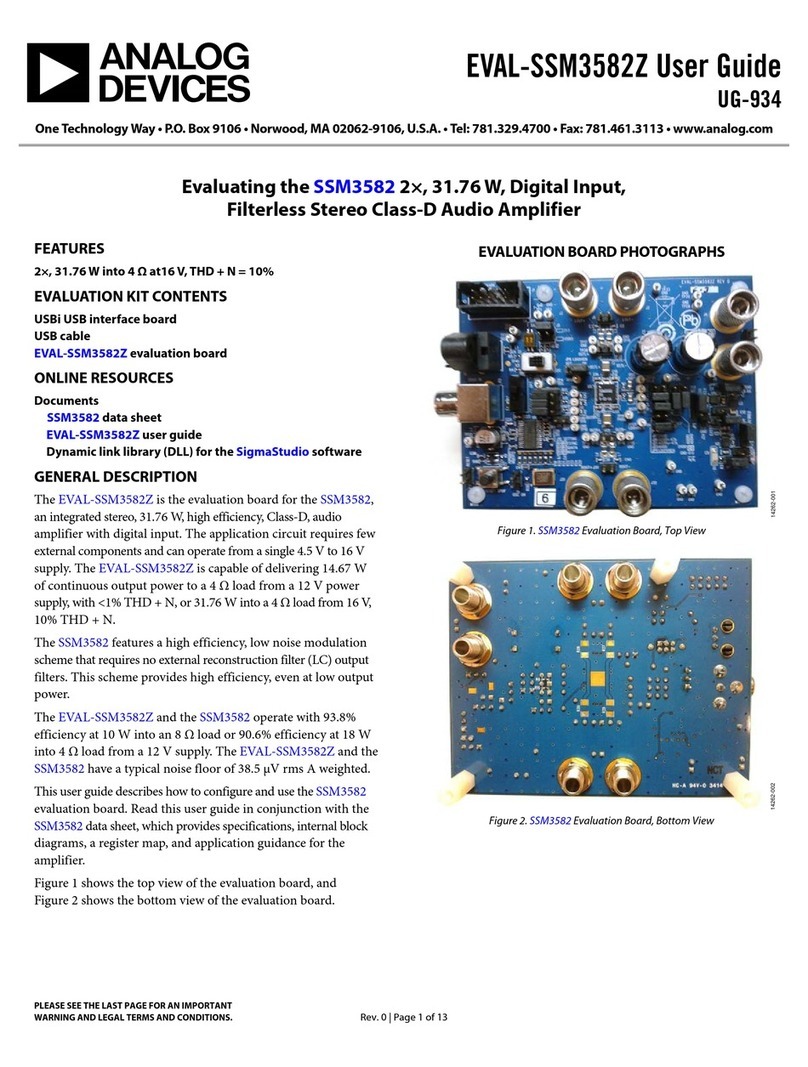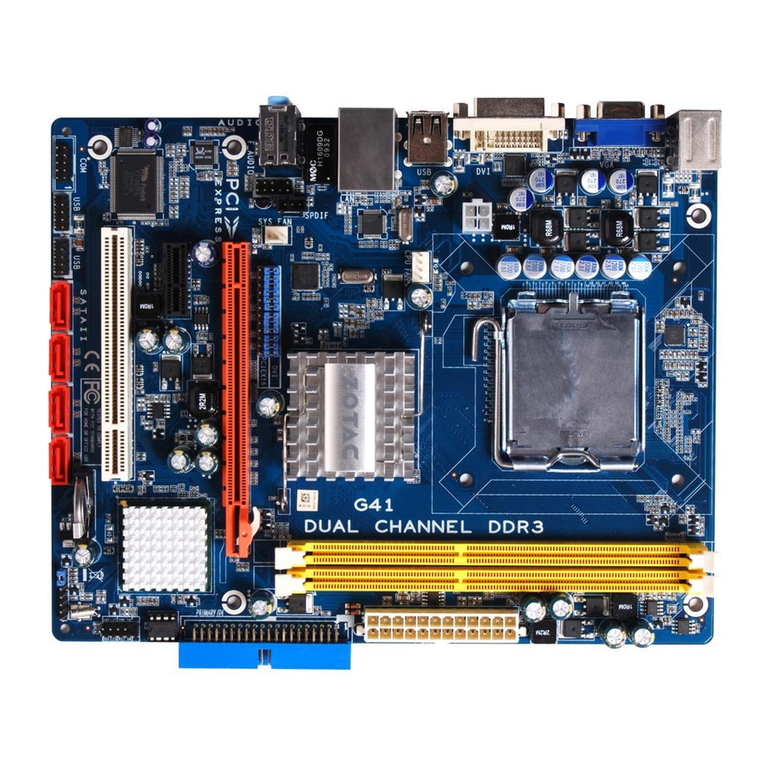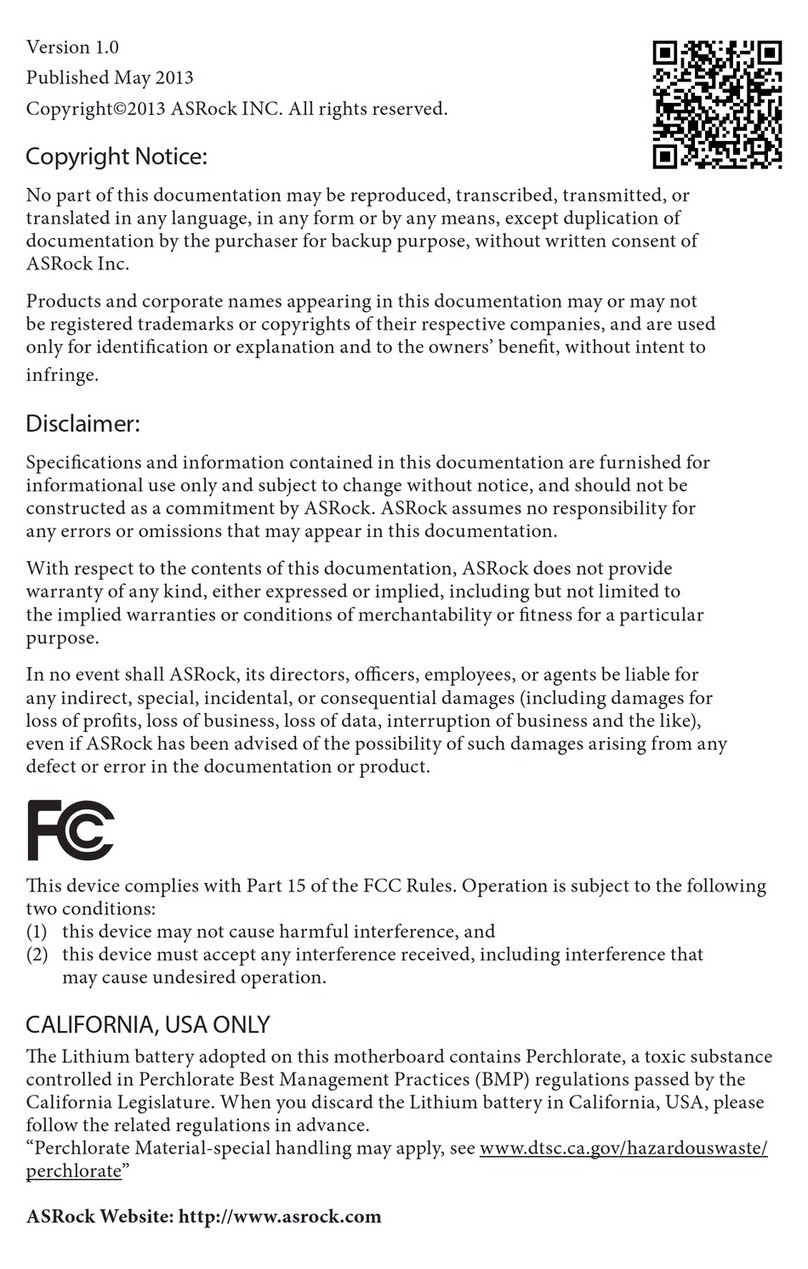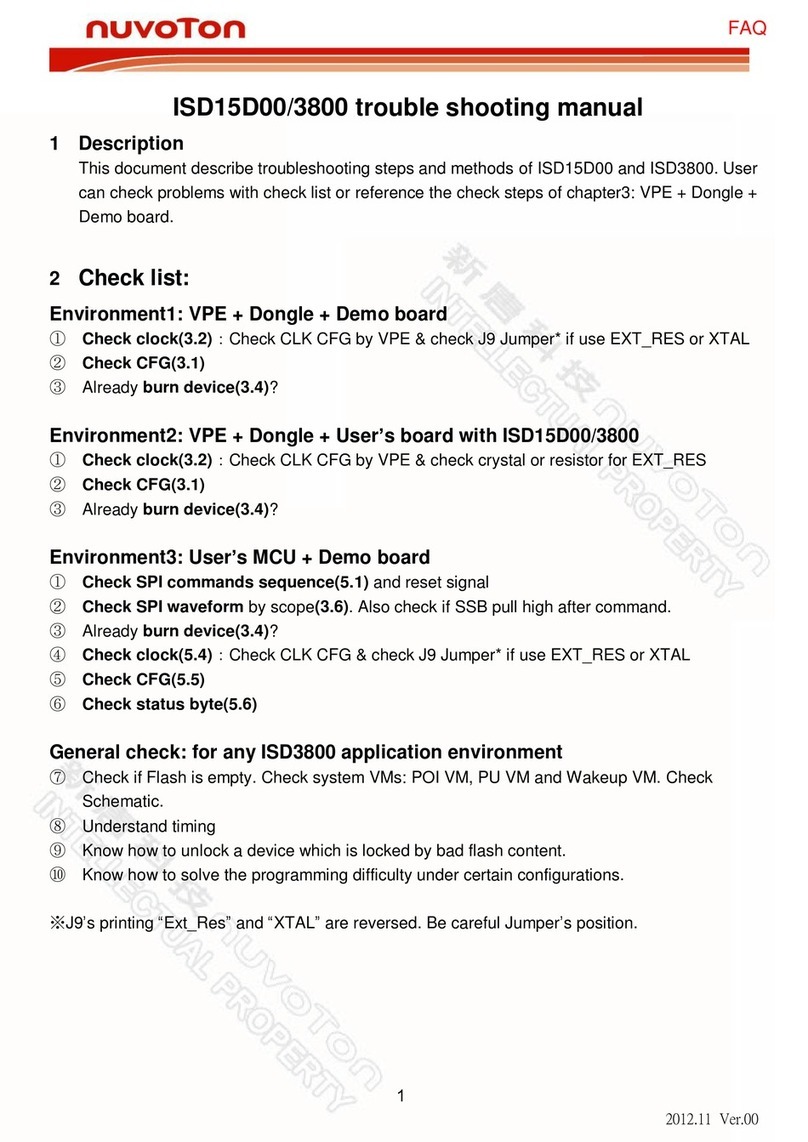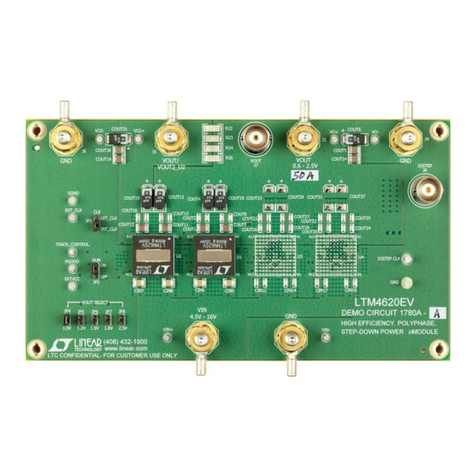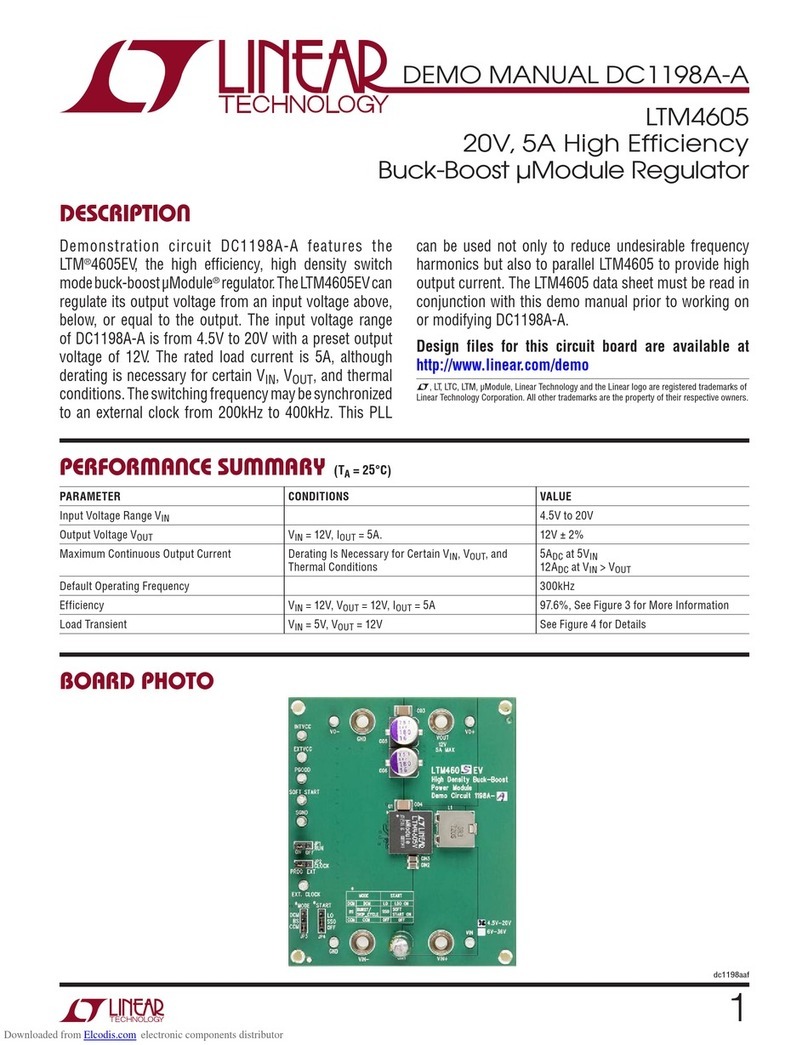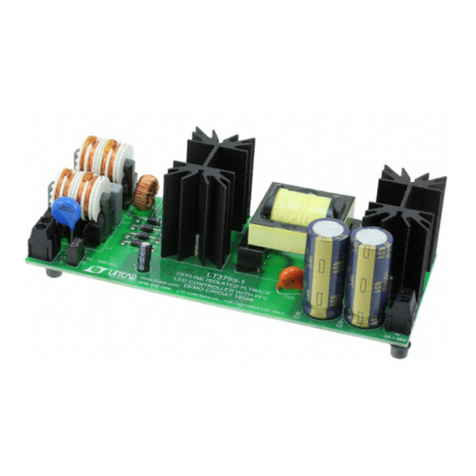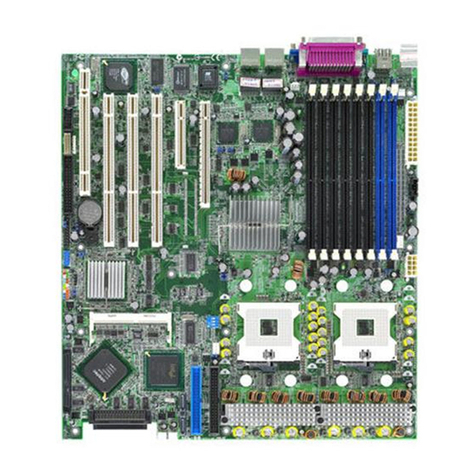TELink TLSR9517CDK56D User manual

Telink EVB TLSR9517CDK56D
User Manual
AN-20082700-E1
Ver.0.1.0
2021/10/26
Keyword
Feature;2.4GHz; User manual
Brief
This is a user manual for Telink TLSR9517C EVB

Telink Dongle TLSR9518ADG80D user manual
Telink Confidential and Proprietary 1 Ver.0.1.0
Published by
Telink Semiconductor
Bldg 3, 1500 Zuchongzhi Rd,
Zhangjiang Hi-Tech Park, Shanghai, China
© Telink Semiconductor
All Right Reserved
Legal Disclaimer
The information contained in this document is confidential, privileged, and proprietary to Telink Semiconductor
(Shanghai) Co, Ltd. and its related entities (“Telink”). The use and dissemination of this document is governed
by the confidentiality/non-disclosure/disclaimer statement herein. Information in this document is intended for
use by the intended recipient. This document may not be used, disclosed, published, disseminated, copied or
distributed to any third party other than the intended recipient without the prior written consent of Telink which
may be withheld in Telink’s sole discretion. Under no circumstances may this document be disclosed to a
competitor of Telink. Any unauthorized use or disclosure is strictly prohibited.
Copyright © 2020 Telink Semiconductor (Shanghai) Ltd, Co.
Information
For further information on the technology, product and business term, please contact Telink Semiconductor
Company (www.telink-semi.com).
For sales or technical support, please send email to the address of:
telinkcnsales@telink-semi.com
telinkcnsupport@telink-semi.com

Telink Dongle TLSR9518ADG80D user manual
Telink Confidential and Proprietary 2 Ver.0.1.0
Revision History
Version
Change Description
V0.1.0
Initial release.

Telink Dongle TLSR9518ADG80D user manual
Telink Confidential and Proprietary 3 Ver.0.1.0
Table of Contents
Revision History.............................................................................................................................................................2
Table of Contents..........................................................................................................................................................3
1. Product Introduction...............................................................................................................................................4
1.1 GENERALDESCRIPTION ...............................................................................................................................................................................................4
1.2 KEYFEATURES............................................................................................................................................................................................................4
1.2.1 RF Features..................................................................................................................................................................................................4
1.2.2 Power Management Features..................................................................................................................................................................4
1.2.3 Audio Mode Features.................................................................................................................................................................................4
2. User manual..........................................................................................................................................................5
2.1 SUPPLYPOWER..........................................................................................................................................................................................................5
2.2 DOWNLOADFIRMWARE.............................................................................................................................................................................................6
2.3 FUNCTIONSOFEACHMODULE.....................................................................................................................................................................................6

Telink Dongle TLSR9518ADG80D user manual
Telink Confidential and Proprietary 4 Ver.0.1.0
1. Product Introduction
This is a user manual for Telink Audio EVB TLSR9517CDK56D.
1.1 General description
The Telink dongle TLSR9517CDK56D, which is based on Telink TLSR9517C chip.
The TLSR9517C supports standards and industrial alliance specifications including Bluetooth 5.2,LE, The
TLSR9517C combines he features and features needed for high quality wireless audio equipment into a
single SoC.
1.2 Key features
1.2.1 RF Features
1. Bluetooth
2. Bluetooth Compliant, BLE 1 Mbps and 2 Mbps
3. Tx output power: up to +10 dBm @ BR/BLE mode
4. RSSI monitoring with +/-1 dB resolution
1.2.2 Power Management Features
1. Low power controller by Near-Threshold level power consumption
2. Standalone Linear Li-Ion battery charger with Thermal Regulation
3. Brownout detection/shutoff and Power-On-Reset
4. Multiple-power-state to optimize power consumption
1.2.3 Audio Mode Features
1. Differential Input DirectDrive Line Drivers/Headphone Amplifiers
2. Support Audio input/output of 8-pin Audio Jack and support input for instrument testing of 8-pin Audio Jack
3. Two onboard A-MIC, support audio input
4. Mode switch, which can support three different modes

Telink Dongle TLSR9518ADG80D user manual
Telink Confidential and Proprietary 5 Ver.0.1.0
2. User manual
2.1 Supply power
The TLSR9517CDK56D supports supply power via USB or other 3.3V power.
As shown in figure 2-1, the marker is the USB port. Power can be supplied when USB is plugged in.
Figure 2-1 USB power supply
As shown in figure 2-2, the marker is the 3.3V and GND port. 3.3V power can be supplied through
the two ports.
Figure 2-2 3.3V power supply
As shown in figure 2-3, the marker is the battery port. 3.3V-4.2V power can be supplied through
the port.

Telink Dongle TLSR9518ADG80D user manual
Telink Confidential and Proprietary 6 Ver.0.1.0
Figure 2-3 Battery power supply
2.2 Download firmware
There are also two ways to download firmware, USB burning or SWS burning. But need another burning
tool Telink Burning EVK. Telink Burning EVK have USB port and 3.3V/SWS/GND port. When using USB
download firmware, just plug dongle USB in Burning EVK. When using SWS download firmware, connect
3.3V/SWS/GND of dongle to 3.3V/SWM/GND of Burning EVK.
2.3 Functions of each module
As shown in figure 2-4, The functions of each module on the board have been marked.
There are LED, key, ANT, I2S port and debug port on board. The LED lights can indicate what status the
TLSR9517CDK56D is in. The key allow us to control TLSR9517CDK56D. We can use debug port to debug
TLSR9517CDK56D. We can input/output I2S data through the I2S part.
The TLSR9517CDK56D support audio line-in/out and mic-in functions. Realize this functions according to
different software configurations.
As show in Figure 2-5, we can use the Audio Mode switch shown in Figure 1-4 to switch between
different audio mode.

Telink Dongle TLSR9518ADG80D user manual
Telink Confidential and Proprietary 7 Ver.0.1.0
Figure 2-4 Function modules on the board
Figure 2-5 Audio mode
FCC Statement:
This device complies with Part 15 of the FCC rules. Operation is subject to the following two conditions: 1) this device may not cause
harmful interference, and 2) this device must accept any interference received, including interference that may cause undesired
operation.
This equipment has been tested and found to comply with the limits for a Class B digital device, pursuant to Part 15 of the FCC rules.
These limits are designed to provide reasonable protection against harmful interference in a residential installation. This equipment
generates, uses and can radiate radio frequency energy and if not installed and used in accordance with the instructions, may cause
harmful interference to radio communications. However, there is no guarantee that interference will not occur in a particular
installation. If this equipment does cause harmful interference to radio or television reception, which can be determined by turning
the equipment off and on, the user is encouraged to try correct the interference by one or more of the following measures:
- Reorient the receiving antenna.
- Increase the separation between the equipment and receiver.
- Connect the equipment into and outlet on a circuit different from that to which the receiver is connected.
- Consult the dealer or an experienced radio/TV technician for help.
Changes or modifications not expressly approved by the party responsible for compliance could void your authority to operate the
equipment.
Table of contents
Other TELink Motherboard manuals
